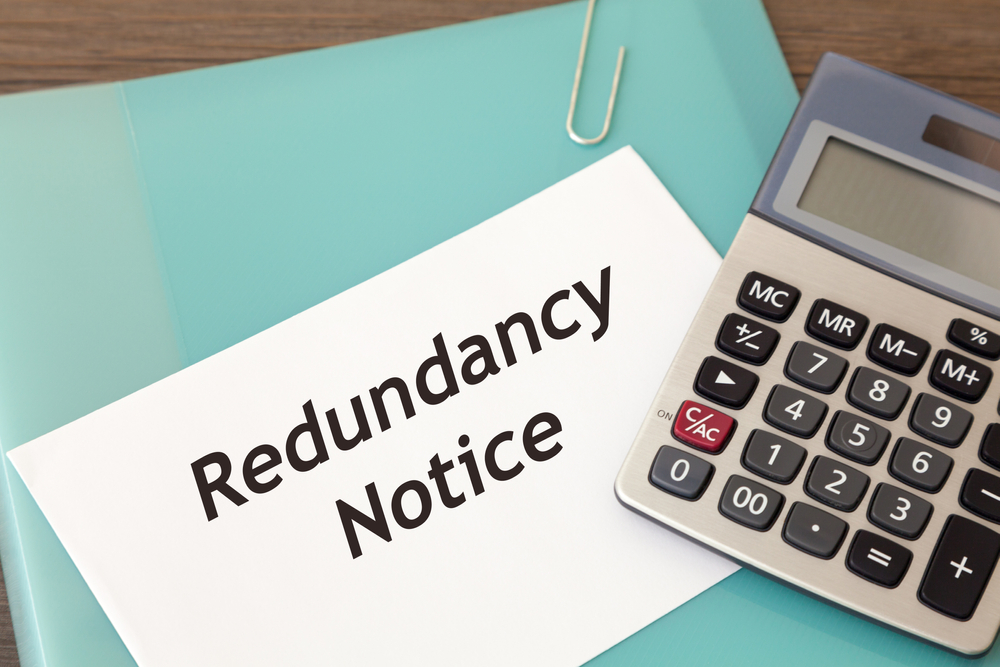Household Bills
Redundancies reach record high in three months to October

Redundancies reached a record high of 370,000 in the three months to October 2020, official statistics reveals.
This is an increase of a record 217,000 on the quarter and 251,000 on the year, although the number of redundancies fell slightly in October, according to the Office for National Statistics (ONS).
Meanwhile, the unemployment rate in the period was an estimated 1.69 million, up 411,000 on the same three months in the previous year and 241,000 up on the previous quarter.
The rate has now climbed to 4.9%, 1.2 percentage points higher than a year earlier and 0.7 percentage points higher than in the earlier three months.
The UK employment rate in the three months to October was estimated at 75.2%, 0.9 percentage points lower than a year earlier and 0.5 percentage points lower than the previous quarter.
Estimates for August to October 2020 show 32.52 million people aged 16 and over were in employment, 280,000 fewer than a year earlier. This was the largest annual decrease since January to March 2010, the ONS noted.
Since February, the number of payroll employees has fallen by 819,000, with the largest falls seen at the start of the pandemic.
However, early estimates for November 2020 indicate that median monthly pay increased to £1,921, an increase of 4.6% compared with the same period of the previous year.
The Claimant Count relating to 12 November reveal a rise to 2.7 million – up 2.5% in a month, and 114.8%, or 1.4 million people since March.
‘Horrible time for hundreds of thousands of people’
Ruth Gregory, senior UK economist at Capital Economics, said the rise in the unemployment rates suggests the previous phasing out of the furlough scheme continued to take a gradual toll on the market.
“Firms shed more jobs in October as the government asked firms to shoulder a greater burden of the cost of their furloughed employees. At least the 144,000 fall in Labour Force Survey employment in the three months to October was smaller than the consensus expectation of a 252,000 drop.
“Nonetheless, the level of unemployment rose from 1.62m to 1.69m pushing up the unemployment rate from 4.8% to a four-year high of 4.9% (consensus 5.1%, CE 4.9%). The experimental weekly LFS data showed that the unemployment rate was above 5% for each of the last three weeks in October. And the HMRC PAYE employment data suggested that there may be more bad news round the corner, with employment dropping by a further 28,000 in November compared to October, leaving the cumulative fall in employment on that measure at 819,000 since February. The timelier claimant count measure of unemployment also rose by 64,300 in November, pushing the claimant count rate up from 7.2% in October to 7.4%,” she said.
Sarah Coles, personal finance analyst at Hargreaves Lansdown, said with the surge in redundancies this close to Christmas, it’s a horrible time for hundreds of thousands of people.
“The sheer scale of job losses meant it was inevitable that the government would have to do something, but it left it to the 11th hour to announce an extension to the furlough scheme – which will have been too late for many thousands of people.
The scheme seems to have been a lifeline though. The percentage of furloughed employees rose 6 percentage points between October and November, to 11%. This didn’t stop the number of redundancies rising, but helped slow it. Early signs are that it slowed again in November – although 28,000 people may still have lost their jobs.
“The good news for those still in work, is that pay is rising much faster than inflation. And while Christmas always brings spending opportunities, this is the ideal opportunity to build your savings safety net. That way, no matter what 2021 holds, you’ll have something to fall back on.”